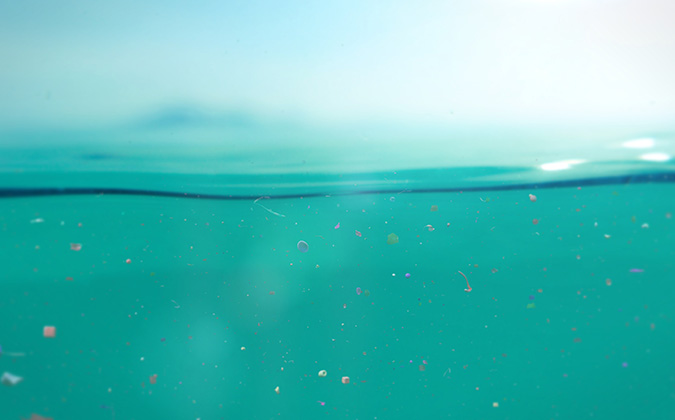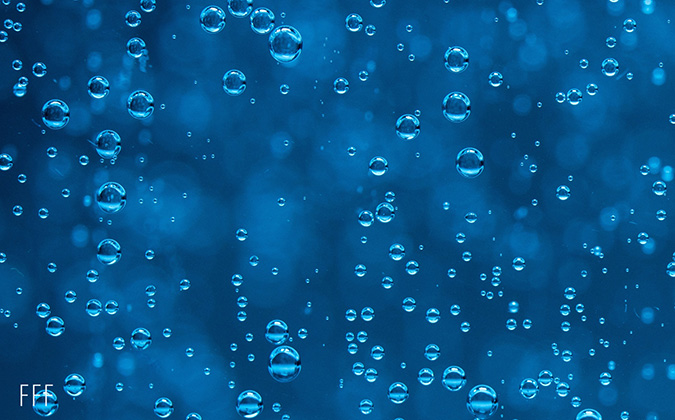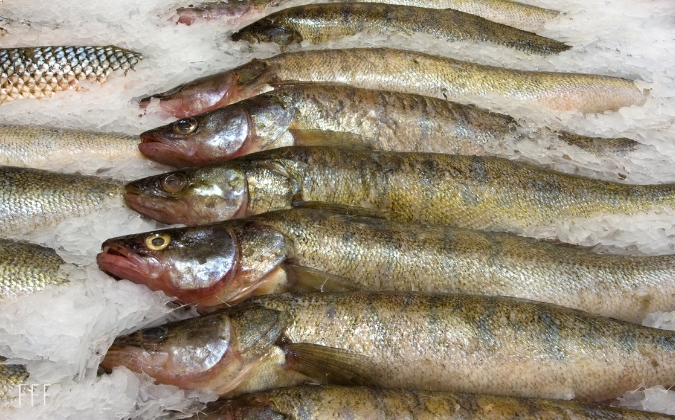
Microplastics harbor pathogens affecting farmed seafood
There is growing evidence that microplastic pollution in seawater could serve as reservoirs for pathogens in aquaculture, according to a University of Exeter review of current evidence in this emerging field.
The researchers reviewed knowledge on what is known as the “plastisphere,” where marine microplastics harbor distinct microbial communities. In particular, Vibrio spp. bacteria, virulent strains of which are the causative pathogens of vibriosis in fish and shellfish, have been found in abundance in several cases, they said.
Other studies cited report observations of Aeromonas salmonicida, the bacterium that causes furunculosis in salmonids, and Tenacibaculum spp., a bacterial complex associated with fish mortality, among others on microplastics.
“One recent meta-analysis concluded that the median relative abundances of a variety of potentially pathogenic species found on microplastic across the North Sea, the Baltic Sea and the Yangtze Estuary were comparable with those present on natural particles sampled within the same regions,” the researchers reported.
A potential breeding ground for fish threats
Biofilms — groups of microorganisms attached to a solid surface and encased in a matrix — arise rapidly on microplastics, they explained, providing increased opportunity for pathogenicity to develop in some species of bacteria.
Resistance to antibiotics is a crucial issue for the long-term sustainability of aquaculture — and antimicrobial-resistant bacteria have been observed on microplastic surfaces at a prevalence 100 to 5,000 times higher than surrounding seawater, they added. They cited evidence suggesting that microplastics may facilitate gene exchange, enabling antimicrobial-resistance genes to become more prevalent.
Understanding pathogen pathways will help assess risk
There is more to consider than increased availability of floating particles in assessing the likelihood of pathogen transfer and disease, they noted. Factors include the importance of the rate of horizontal gene transfer on particles, how particles are transported across oceans, ingestion and trophic transfer in the benthos, uptake into farmed marine species and the ultimate risk to human consumers.
“In comparison with seawater and natural particles, the plastisphere community has shown significant elevations in the metabolic pathways that contribute to infectious diseases,” they explained.
Evidence for microplastic uptake by commercially farmed fish and shellfish is growing, they said, with filter feeders such as mussels and oysters particularly susceptible. As such, greater knowledge is needed about risk factors, considering the growing status of aquaculture in food production.
“Whilst attachment of Vibrio spp. and other pathogens to microplastic is well evidenced, the overarching effects that this may cause for any potential transfer to bivalve aquaculture are yet to be described,” they concluded.
“Additionally, the factors promoting bacterial attachment to microplastic are also unknown and require immediate attention. The potential economic losses that this may cause to the aquaculture sector, as well as the implications for human health, are great, and so further work is urgently required in order to gain a conclusive insight into this increasing threat.”
To view the full study published in Trends in Microbiology, click here.
Posted on: November 02, 2020






